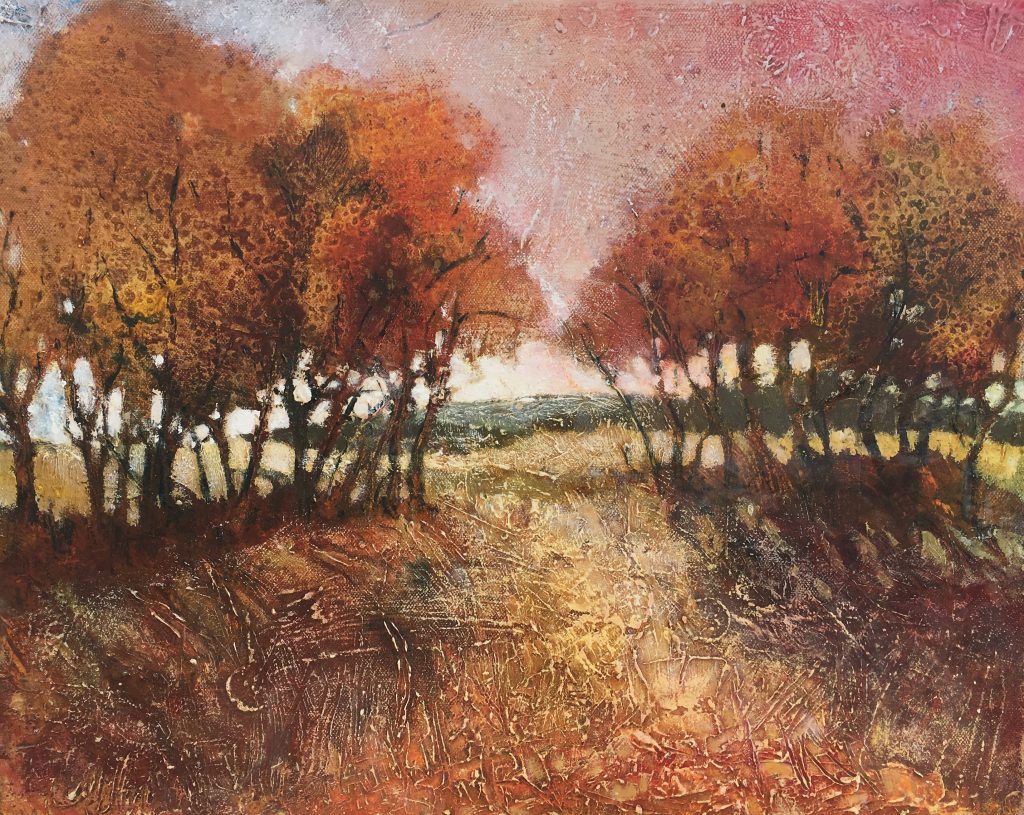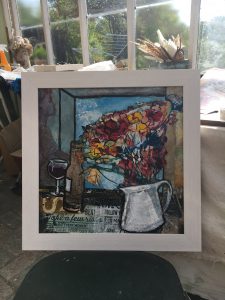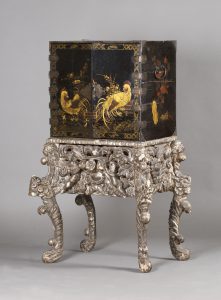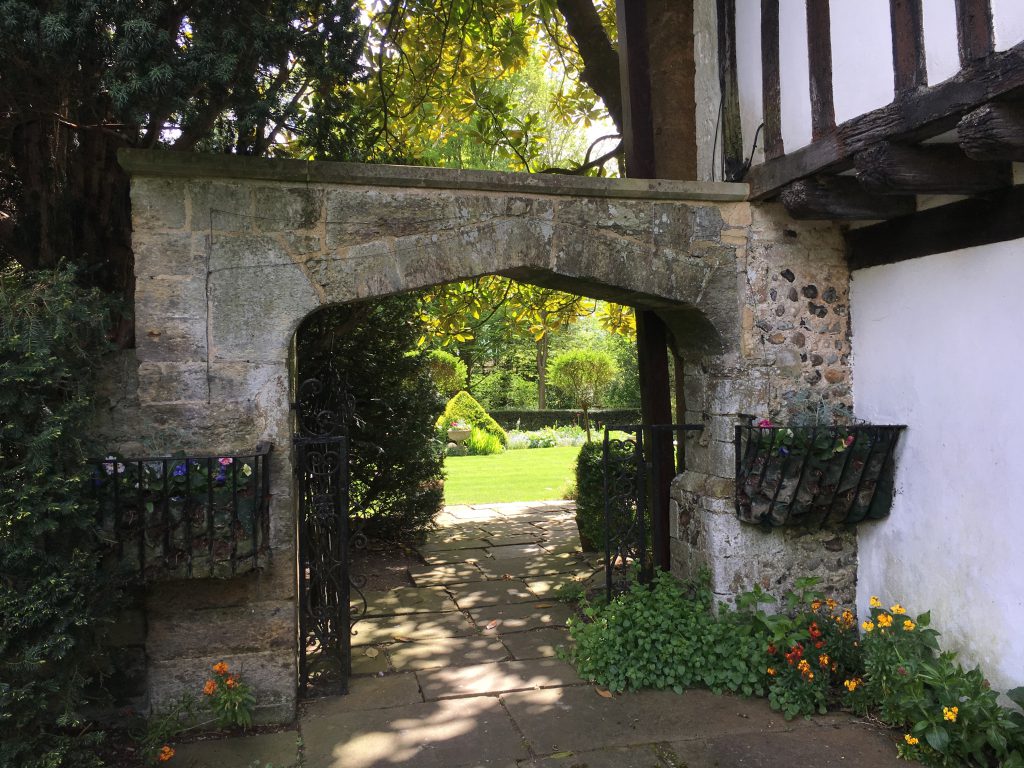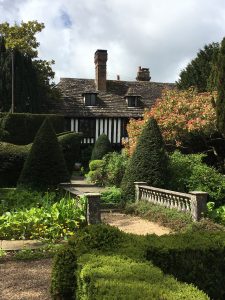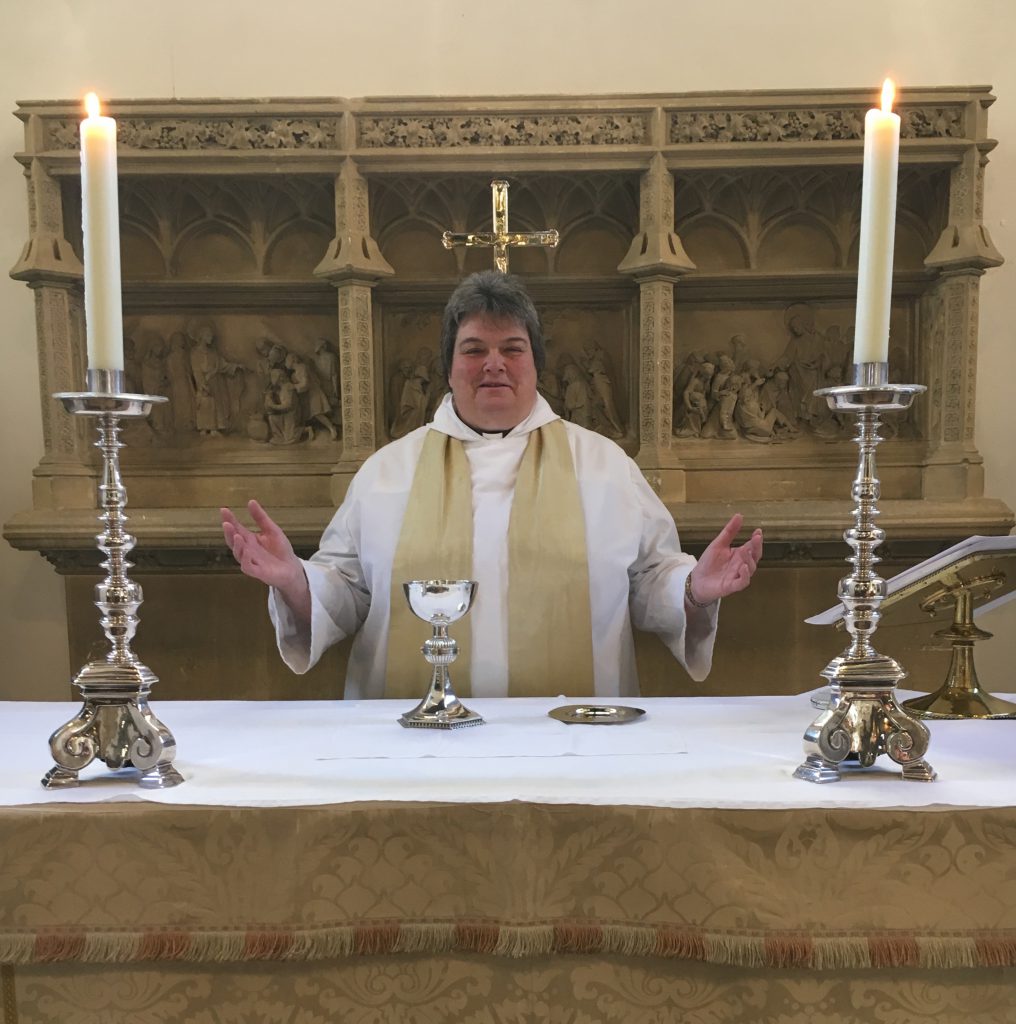
This week I am in the company of The Revd Kathryn Windslow. Twenty-five years ago she was amongst an extraordinary cohort of women who were the first to be able to answer God’s call to ministry after the Church of England finally allowed their ordination to the Priesthood.
In 1992 the Church of England General Synod finally approved the way for women to be ordained Priests although it was not until 1994 that the necessary legislation was passed by Parliament.
Kathryn grew up and came to faith at St Mark’s, Horsham, where her father served as a Churchwarden. I ask her when she first became aware of God’s calling, she answers “I was 16 when I first became aware of a calling to serve God and to serve people as a Priest – my family were as surprised as I was.”
“After I had finished school I took a degree in Theology at a Roman Catholic college to discern where God was calling me.” Kathryn would spend a year as a volunteer in Southampton then in 1984 she went forward for selection and started training as a Deaconess. The role of Deaconess was the only paid role for women in ministry at that time. She became a Deaconess in 1986 and in 1987 was ordained as a Deacon by the then Bishop of Horsham, Colin Docker, who had also confirmed her.
In 1989, still unable to be ordained as a Priest, Kathryn became only the fifth woman in charge of a Parish in the Diocese of Lincoln.
I ask Kathryn how it felt in 1992 when the news came that the Church of England’s General Synod had voted in favour of the ordination of women Priests. She replies “It felt like affirmation of my calling at last and my parishioners rejoiced with me – some came clutching Champagne bottles!”
Two years later, on the 22nd May 1994, Kathryn would find herself in a packed Lincoln Cathedral with family and friends. All had come to celebrate and bear witness to the first ordination of women to the Priesthood in the Diocese of Lincoln. The Bishop anointed Kathryn with holy oils and the Holy Spirit. As he prayed the ordination prayer over Kathryn her colleagues came forward to lay hands on her and to pray. Kathryn says “The weight of colleagues and their blessing was both supportive and overwhelming. I felt an overwhelming sense of joy.” She left the Cathedral as an ordained Priest in the Church of England.
The next day she was able to celebrate her very first Eucharist. Kathryn recalls “Celebrating my first Communion was completely different and yet the same – it was just the right thing. It was the final fulfilment of my vocation.” She pauses to reflect and continues “It was wonderful to be amongst that vanguard of women as the church affirmed our calling to be Priests. There was a real sense of gratitude for the women who had gone before us and paved the way for our ministry.”
I ask Kathryn how priestly ministry continues to speak into her life, she responds “Being with people at the big moment in their lives, the death of a loved one, a wedding, welcoming a person into the church through baptism – it’s an immense privilege being invited into people’s lives. The theologian Austin Farrer describes Priests ‘as walking sacraments’, we make God visible to people in their lives.”
I describe how I witness women Priests enriching the church and our communities and how I celebrate and thank God for their work. Kathryn concludes “Women Priests rebalance and inform our understanding of God who made women and men in God’s image.” I could not agree more.
By Rupert Toovey, a senior director of Toovey’s, the leading fine art auction house in West Sussex, based on the A24 at Washington. Originally published in the West Sussex Gazette.
